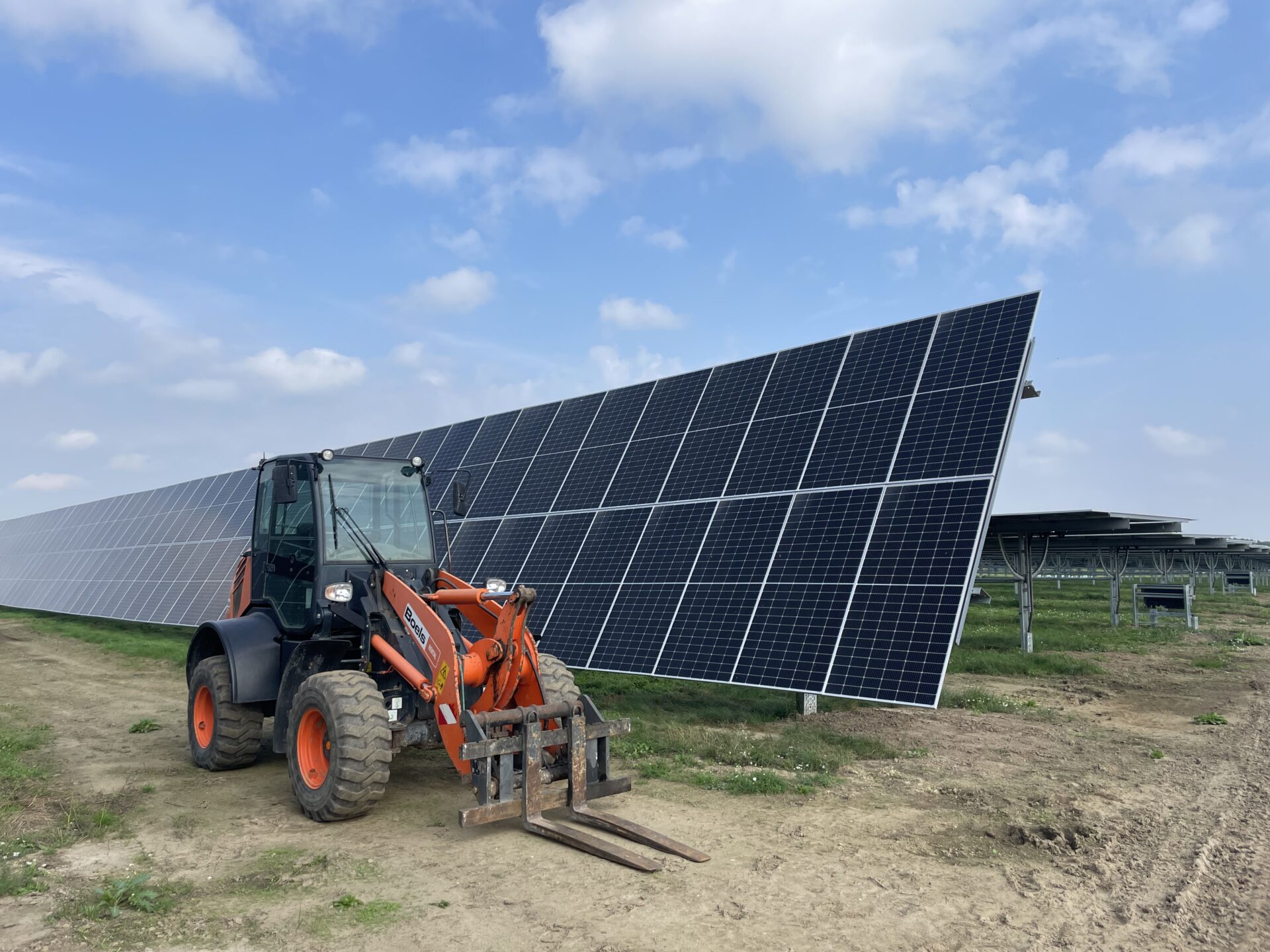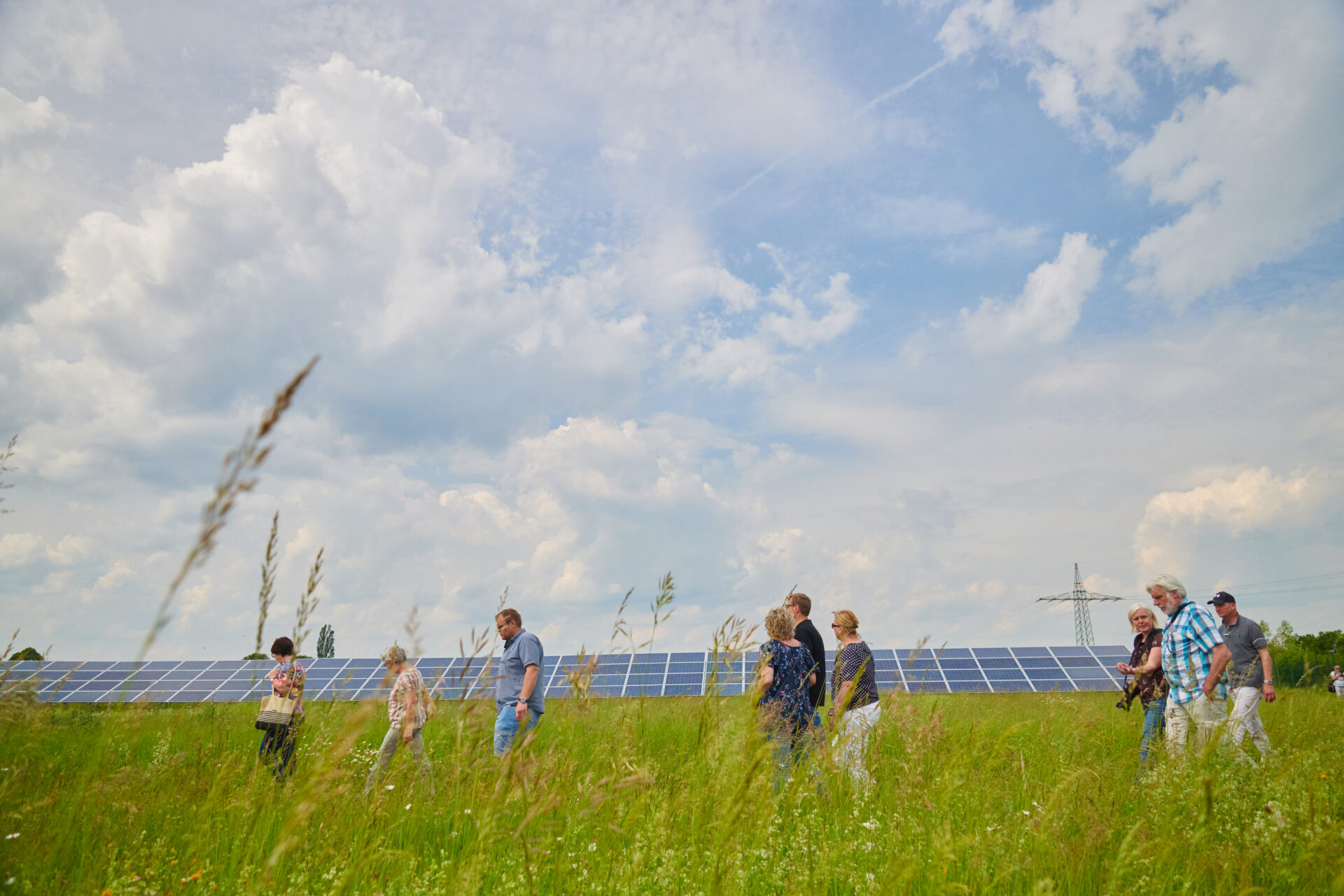How can solar parks be embedded in the landscape?
Solar parks are increasingly becoming part of our cultural landscape. However, their shape, colour and reflection can also be perceived as a nuisance by local residents. The larger a ground-mounted photovoltaic system (solar park) is, the greater its potential impact on the landscape. The Integration into the respective landscape is therefore of growing importance in order to increase the acceptance of solar parks.
In general, the following are suitable Greening The use of hedges in any form helps to integrate a solar park into the landscape. Hedges, flower strips or shrubs can be adapted to the natural relief and surround the installation area. Especially Hedges act as privacy screensThey can be integrated into nature conservation concepts and conceal the fencing that is usually required. Greenery on and in the solar park also benefits the Biodiversity. For insurance reasons, the fences themselves cannot usually be dispensed with.
In flat terrain, a solar park can often be designed so that it barely rises above the horizon, if at all. Low planting at the edges can ensure that the ground-mounted PV system is only visible from close up.
It is often suggested that Solar parks along transport routes (for example railway lines or motorways, cf. Area map of the EEG), which not only associated with advantages is. These solar parks are more difficult to integrate into the landscape because they are more visible in everyday life and it is more difficult to plant the edges.
Modern solar parks, which are increasingly being realised as PPA projects even without entitlement to subsidies and therefore outside the eligible area, not only offer greater potential for biodiversity, but also have a greater impact on the environment. Options for integrating more diverse landscapes. Even in the case of large projects, the visual impact can be very low due to marginal planting, bends, hedges or neighbouring wooded areas.
In order to Harmonious embedding in the landscape visualisations are created right from the start of the planning process, for example GIS-based Visual space analyses. These digital maps are particularly helpful for hilly landscapes in order to assess how solar parks fit into a rural environment. Visual relationships relevant to the protection of historical monuments can also be taken into account.
Based on the visualisations, the appearance of a facility is discussed with local residents at an early stage and optimised if necessary. With a topographically adapted construction method and well-planned Measures for landscape integration solar parks are not a disruptive element in the landscape.
Depending on the location and design, solar parks can even enhance the landscape and create varied visual structures. With the Good planning for ground-mounted PV systems numerous solar companies have already voluntarily committed themselves to embedding solar parks responsibly in cultural landscapes.






